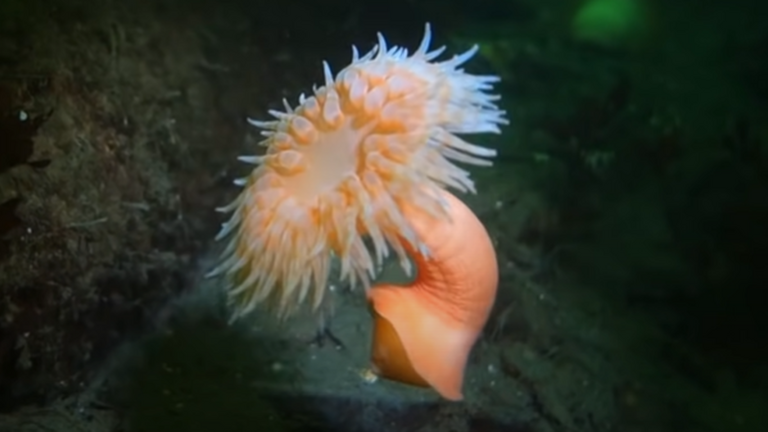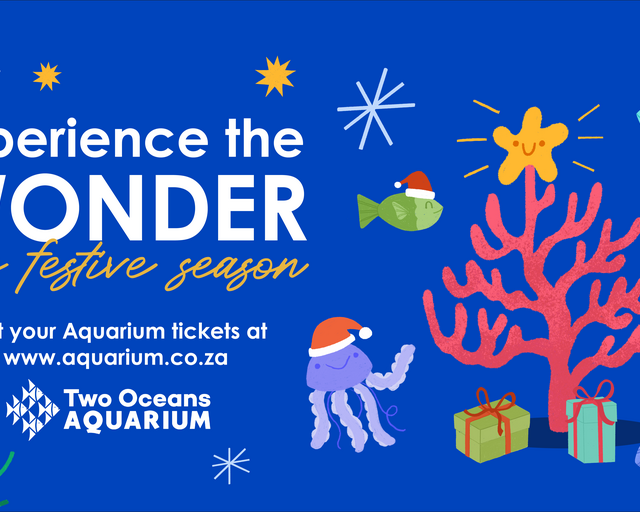1. Anemones are animals, not plants.
Contrary to popular belief and the fact that it's named after the terrestrial anemone (a plant), sea anemones are invertebrate animals and not marine plants. Although they have a conventionally plant-like appearance and lack skeletons or brains, these animals are tremendous predators.
2. Species galore!
There are about 1 200 species of sea anemones around the world - with some of the most beautiful of all housed here at the Two Oceans Aquarium.
3. Anemones can move! We repeat - Anemones CAN move!
These animals often appear stationary - and most of the time, they are. However, sea anemones can walk and even swim.
When they are in their larval stage (before they reach the adult stage), they begin to swim and are much more active than when they reach maturity. Anemones typically attach to a surface and stay there for the remainder of their life. However, they can detach and move along with the current if required.
4. Anemones sting!
Like jellyfish, anemones possess paralyzing neurotoxins in their cnidocytes (stinging cells). When approached by prey, they use their tentacles to immobilize and move them closer to their mouths. These tentacles are pretty flexible and can self-regenerate.
Many common anemone species are not able to sting humans as our skin is too thick, and anemones are adapted for stinging microorganisms.
5. What do anemones eat?
These animals usually eat small fish, molluscs, crustaceans, and zooplankton. However, their diets can vary depending on their size - larger anemones can eat bigger prey.
6. Century-long lifespans
Sea anemones have been known to live for over 100 years. This is good news - their long lifespans and reproductive rates mean they are not under any population threats.
7. Anemones can exist in all marine habits
Most anemones prefer to occupy shallow waters with currents rich in nutrients, while some prefer deeper waters. These animals can live anywhere from ice-cold waters to the warmer tropics. No matter the marine habitat, anemones are cut out for it.
Did you know?
Clownfish are the only fish that can live with sea anemones without being harmed by their stinging tentacles. These two species also benefit from one another, in that sea anemones provide a safe place for clownfish to live, eat, etc - and in return, clownfish provide anemones with nutrients in the form of waste and even help to keep them parasite free.
Fun fact:
Jellyfish are the closest relatives of the sea anemones species. They both belong to a group called Cnidarians, also known as 'nettle animals', as they possess stinging cells.
Related News
Sign up to our Newsletter
Receive monthly news, online courses and conservation programmes.





